Andrew Paul Wood – 8 July, 2014
It would be easy enough to take a superficial view of the garden moved into the art gallery, but that would be to dismiss the intrinsic sculptural qualities of the installation. Interestingly shaped rocks and bits of rubble (perhaps a slightly overused rubric in post-quake Christchurch art, for obvious reasons) are laid out loosely in a plan reminiscent of a Zen garden.
By drawing a diagram, a ground plan of a house, a street plan to the location of a site, or a topographic map, one draws a “logical two dimensional picture.” A “logical picture” differs from a natural or realistic picture in that it rarely looks like the thing it stands for. It is a two dimensional analogy or metaphor - A is Z. - Robert Smithson, “A Provisional Theory of Non-Sites”
From the pink carpet of rosebay willowherb that covered the bombsites of post-Blitz London, to Piranesi’s Coliseum held together by weeds, to the ivy-mantled Washington Capitol of Logan’s Run, the trope of human ruins reclaimed by flora-as-Nature is an established and persistent one. This has obvious relevance for post-quake Christchurch, and indeed there have been many projects that have sought to plug the voids left in the urban fabric with projects of an aesthetic or cultural kind - Gap Filler, Greening the Rubble, Life in Vacant Spaces, and others.
One of these projects is the Plant Gang which for the last two years or so have been conducting guerrilla gardening interventions in vacant sites with succulents, edibles, and meditative experiences, while areas of wild growth (a weed by any other name) have been meticulously recorded as a cross between the grand gestures of land art and the subtler pleasures of greenery. Liv Worsnop’s installation The Periphery State at The Physics Room is a documentation of that process following in the footsteps of Robert Smithson’s ‘non-sites’ and Mary Kelly’s Post-Partum Document. The idea of a non-site seems particularly pertinent in the bleak midwinter when plants are mostly dormant.
It would be easy enough to take a superficial view of the garden moved into the art gallery, but that would be to dismiss the intrinsic sculptural qualities of the installation. Interestingly shaped rocks and bits of rubble (perhaps a slightly overused rubric in post-quake Christchurch art, for obvious reasons) are laid out loosely in a plan reminiscent of a Zen garden.
The elements are varied - a cinderblock here, the suggestion of a skate ramp there. Branches, twigs arranged on paper become runic drawings in their own right. Little stone bowls of seed, crumbled leaves and flowers allude to both the sowing of the original projects, and the cycle of propagation when the time comes for the avid gardener to gather seeds from their plants for the following year and the passing away of the old. In this sense the work is about establishing and initiating conventions and allowing nature to dictate the resulting transformations and relationships.
Hardcore gardeners like to keep diaries and make little notes about how various plantings worked out, the best way of dealing with this shrub or this infestation. Indeed, the more elaborate gardener’s diary has, for a number of years, formed its own literary genre - Beverly Nichols, for example. Worsnop includes the narrative nature of the garden (time/process based events have a habit of falling into narratives) with little hand written cards full of disjointed autobiographical incident, tying itself to the grand tradition of gardening culture and its timeless human dimension.
This all chimes pleasantly with Pauline Rhodes’ installation Cones of Possibilities and Impossibilities in the gallery’s back space, given Rhodes’ application of minimalist aesthetics to found natural materials. Taken as a whole the primitive simplicity of Warsnop’s The Periphery State is intelligent, sensitive, and for those of us nominally sick of heavy-handed earth-quake-themed art, something of a palate cleanser. Its earnestness is one of delight and eccentric charm rather than the pieties of theory.
Andrew Paul Wood

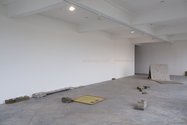
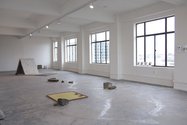
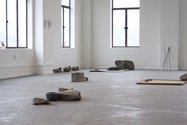
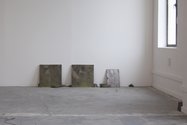
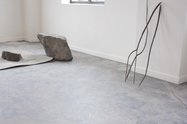
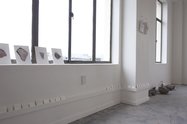
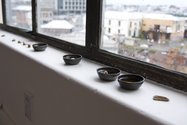
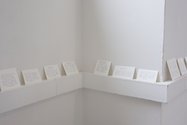
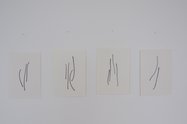
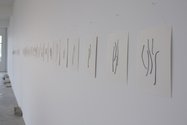
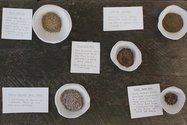
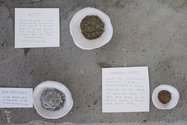
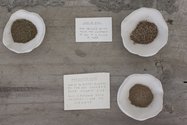
 Two Rooms presents a program of residencies and projects
Two Rooms presents a program of residencies and projects Advertising in this column
Advertising in this column



This Discussion has 0 comments.
Comment
Participate
Register to Participate.
Sign in
Sign in to an existing account.